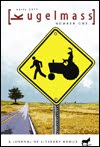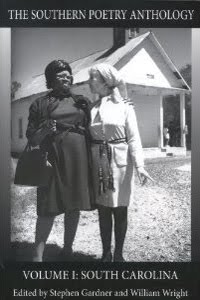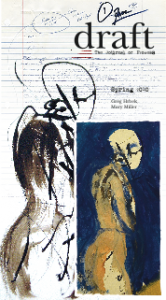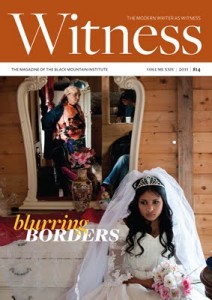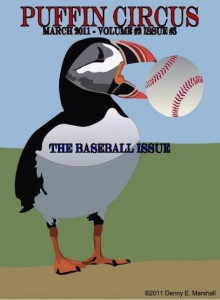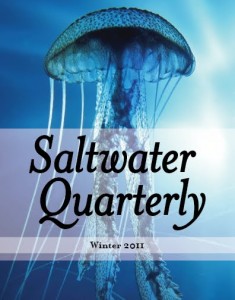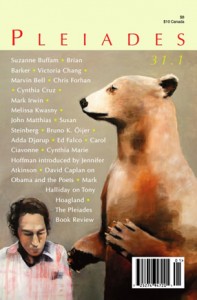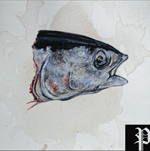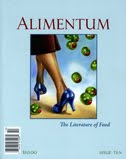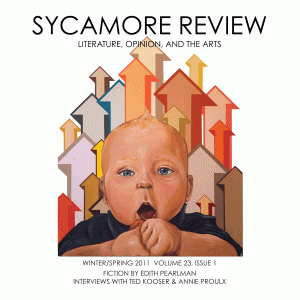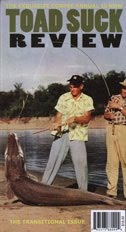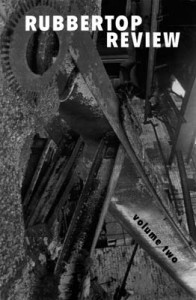Online Film Journal: The Projector
The Projector: Film and Media Journal is an electronic peer reviewed journal on film, media, and culture, published bi-annually by the Department of Theatre and Film at Bowling Green State University in Ohio. The journal welcomes articles, interviews, reviews, and screenplays from emerging and established scholars and practitioners.
The most recent issue edited by Cynthia Baron and Rosalind Sibielski is themed “Reflections on (Film) Genres and on (Women’s) Bodies in Art and Performance” and features contributors Sudipto Sanyal, Mark Bernard, Heidi Nees, and Hope Bernard, and “Forum Participants” Melinda Lewis, Kevan A. Feshami, Angie Fitzpatrick, Lizabeth Mason, Katie S. Barak, Mallory Jagodzinski, and Justin Philpot.
The Projector is currently seeking essays for Fall 2011 and Spring 2012 issues. Particularly interested in scholarship that engages in interdisciplinary analyses of film and media texts, including those that examine them from a cultural studies, political economy, qualitative audience research, industry analysis, feminist, queer theory, or critical race theory perspective. Essays that engage with theoretical debates in film, media and cultural studies, as well as those that engage in critical examinations of aesthetic practices are also invited, as well as essays that examine alternatives to corporate media.

